potting mix with coir for acid lover
kuinut
13 years ago
Related Stories

FARM YOUR YARDHow to Grow Vegetables in Containers
Get glorious vegetables and fruits on your patio with a pro’s guidance — including his personal recipe for potting mix
Full Story
CONTAINER GARDENSContainer Gardening Basics: The Dirt on Soil
Learn the types of potting soil available and the best mixes to help your containers thrive
Full Story
EDIBLE GARDENSSummer Crop: How to Grow Blueberries
Plant blueberries in spring or fall for garden beauty through three seasons — and a sweet superfood in summer
Full Story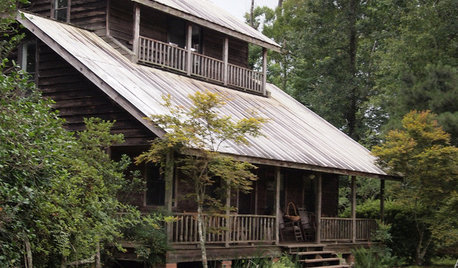
MY HOUZZMy Houzz: Rustic Charm in Rural Louisiana
See how wood warms the interior of this idyllic cabin getaway for art gallery owners
Full Story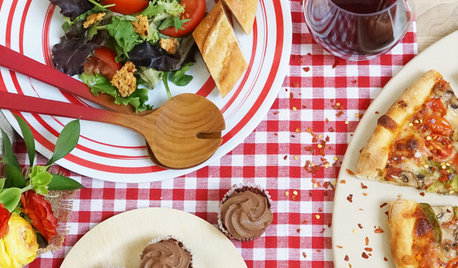
SHOP HOUZZHouzz Products: Throw a Perfect Potluck
Host a fuss-free feast with serveware, chafing dishes, ecofriendly disposable plates and more from the Houzz Products section
Full Story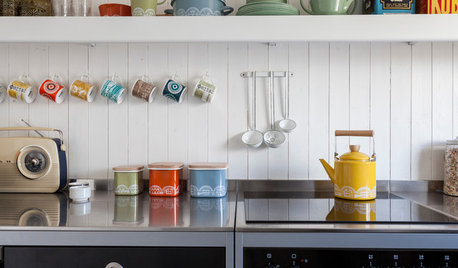
LIFEHow Do You Make Your Tea and Coffee in the Morning?
A morning cup is a must for many, and preparation comes in many guises. We look at coffee and tea habits across the Houzz community
Full Story
KITCHEN DESIGNKitchen Counters: Durable, Easy-Clean Soapstone
Give bacteria the boot and say sayonara to stains with this long-lasting material that's a great choice for kitchen and bath countertops
Full Story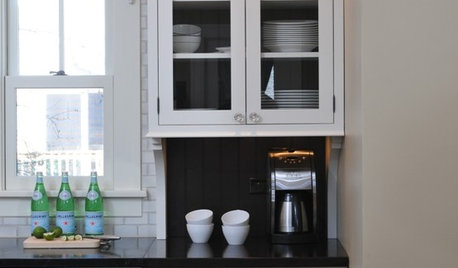
HOUSEKEEPINGThe Great Kitchen Cabinet Cleanup
Purge your way to a clean kitchen, then put pieces back for maximum efficiency and orderliness, with this step-by-step guide
Full Story
GARDENING GUIDESWhat Kind of Roses Should You Grow?
Want to add the beauty of roses to your garden? Find out which ones, from old-fashioned to modern, are right for you
Full Story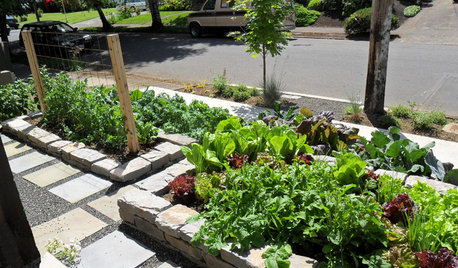
FRONT YARD IDEASWelcome Edibles Into the Front Yard for Fresh Food and More
Give your front yard design a boost and maybe even make new friends by growing fruits and vegetables
Full StoryMore Discussions







tapla (mid-Michigan, USDA z5b-6a)
jus256
Related Professionals
Eden Prairie Landscape Architects & Landscape Designers · Prairie Ridge Landscape Architects & Landscape Designers · Simi Valley Landscape Architects & Landscape Designers · Bellefontaine Neighbors Landscape Contractors · Hampton Bays Landscape Contractors · La Mirada Landscape Contractors · North Haven Landscape Contractors · Wasco Solar Energy Systems · Spokane Window Contractors · Payson Window Contractors · Trinity Window Contractors · Waupun Window Contractors · West Haven Window Contractors · Suamico Window Contractors · Columbia Fence ContractorskuinutOriginal Author
meyermike_1micha
kuinutOriginal Author